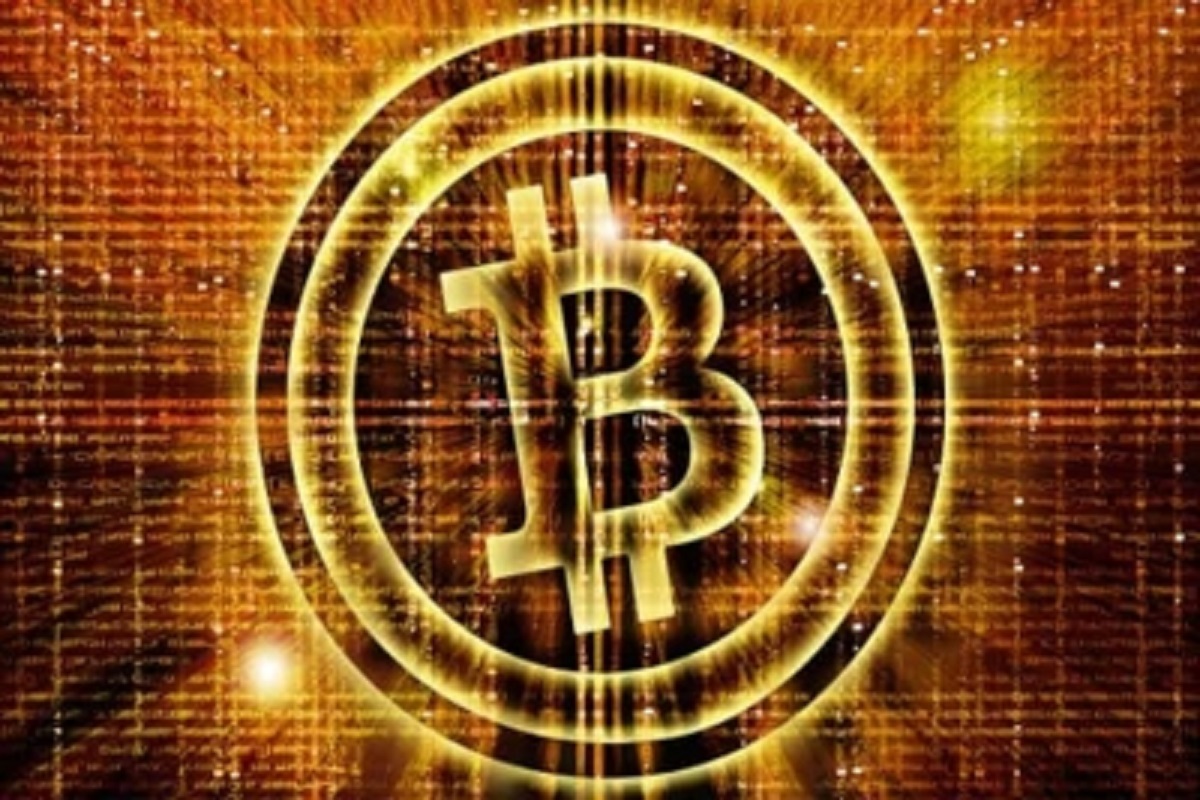Bitcoin’s Moment
Bitcoin’s climb past the $100,000 mark is a watershed moment in the evolution of crypto-currencies, symbolising their growing acceptance as a legitimate asset class.
More than 51 per cent of the total Bitcoin trading volume on various crypto exchanges this year is fake amid volatile global economic conditions, a new report has claimed.

Representational Picture
More than 51 per cent of the total Bitcoin trading volume on various crypto exchanges this year is fake amid volatile global economic conditions, a new report has claimed.
Bitcoin is the blue chip of cryptocurrency and represents 40 per cent of the total crypto assets outstanding in the new and volatile crypto markets. Its market cap is currently at 382.25 billion.
Advertisement
According to data provided by niche news publisher BanklessTimes.com, the majority of this fake Bitcoin volume is due to wash trading.
Advertisement
Wash trading is illegal, where an asset is bought and sold simultaneously on the same platform to create false liquidity. This is often done by bots or spoofing orders.
“It’s difficult to talk about cryptocurrency without talking about Bitcoin. Yet, there is a concern that a large part of the daily traded volume of Bitcoin is fake. This puts into question the legitimacy of exchanges and the reliability of data,” said Jonathan Merry, CEO of BanklessTimes.
Another factor contributing to the fake volume is stablecoins such as Tether (USDT).A
Tether pairs very well with Bitcoin and is often used to buy and sell Bitcoin on exchanges.
“This results in many volumes being generated without any actual Bitcoin changing hands,” said the report.
According to the report, faking trading volume can be a way for exchanges to attract new customers.
By appearing to be more popular than they actually are, exchanges can trick investors into thinking there is more activity and liquidity on their platform.
Another reason people might engage in wash trading is to prop up the price of a particular asset, according to the report.
By buying and selling the asset simultaneously, they can create the illusion of demand and drive up the price. This can be done for personal gain or artificially inflate an asset’s price before selling it.
“Investors should be wary of exchanges that report false figures. You must do your research and only use exchanges you trust,” the report suggested.
Advertisement